Today, I’ll take a dive into what makes Zion Williamson so unique and how he is poised to take over the league. Allow me to introduce you to, The Bee Theory.
“According to all known laws of aviation, there is no way that a bee should be able to fly. Its wings are too small to get its fat little body off the ground. The bee, of course, flies anyways. Because bees don’t care what humans think is possible.”
This is not a quote from a scientific journal. Rather, this is the opening line of Jerry Seinfeld’s Bee Movie which is a shoutout to the 1930s French Entomologist August Magnan, who famously noted (and has since been debunked) that the flight of bees shouldn’t be scientifically possible. Obviously, bees do not break the actual laws of physics every time they take flight, which I imagine would rip a tiny, little hole in the fabric of time a space (I’ve seen Doctor Who, I know how this stuff works).
It’s a fun thought, though, and a fun premise for an animated children’s movie about… bees.
It’s also readily applicable for an athlete like Zion Williamson.
Over the last several games, Zion Williamson has been unleashed as a primary play-maker and Stan Van Gundy has set out to disprove the “Basketball Bee Theory”.
Let’s take a deep dive into what I mean.
The Bee Theory
What is the “Bee Theory”?
First of all, it’s a made-up term by me. My theory may not be “officially” real, but it IS practiced (consciously or subconsciously) by almost all coaches, analysts, reporters, and fans of basketball from elementary school to the NBA.
The Bee Theory goes like this: “When any given player reaches a certain height, girth, or level of strength, the player should be moved primarily to the post. The bigger player and offensive system will be best served if the player receives the majority their touches by posting up or by being the screener in a pick-and-roll. This allows the smaller player (who is quicker and more agile) to create the best available look for the bigger player.”
I call it the Bee Theory because just as August Magnan looked at a bumblebee and deduced that it shouldn’t be able to fly based on his knowledge of physics, basketball thinkers tend to look at large players and deduce that they shouldn’t be consistently initiating the offense.
Here’s a practical application. Let’s say I give you two players – J.J. Redick (6’3”, 200lb) and Zion Williamson (6’7”, 284lb) – and I say “run a pick-and-roll play using the Bee Theory”. Your natural inclination would be to use Zion as the ball screener and roll to the basket, while Redick handles the ball and determines who gets the best shot on the floor.
Bee Theory.
It’s simple, right? The Bee Theory gets at the very basics of what the sport of basketball was intended to be. Bigger, stronger players play closer to the basket while smaller, quicker players play further away and set the big guys up for success.
I liken it to the Archimedes theory – “the shortest distance between two points is a straight line.” Simple. Logical. And for the most part, perfectly true. There’s no reason to doubt or overthink the Bee Theory because that’s how basketball has been designed and played since the beginning.
Almost every coach when designing the system of their team, subconsciously implements the Bee Theory and that’s perfectly fine because it works.
But here’s the thing: like many theories, occasionally the Bee Theory is wrong.
Just because a player looks like they belong in the post, doesn’t mean that they actually belong in the post.
Despite their aerodynamically challenged appearance, bumblebees can actually fly.
Enter Stan Van Gundy and Zion Williamson.
“This isn’t a kid who grew up putting himself in the post trying to learn the ‘Dream Shake’, this was a guy who wanted to be a facilitating playmaker with the ball in his hands, facing the basket.“
David Griffin
When Zion Williamson started his freshman year of high school, he was only 6’3” and that was after having a 6 inch growth spurt the previous summer. When you’re at that size in high school, coaches tend to let you run the point and initiate the offense. Because he began his high school career this way (and was supremely talented) he remained the primary ball handler even as he grew bigger and stronger.
By the time he graduated, he was absurdly huge and the Bee Theory took hold with college coaches. At Duke under Coach K, Zion was mostly relegated to the post and relied on other playmakers to feed him the ball.
This was the natural thing to do. Zion is an overwhelming force in the paint and coach Mike Krzyzewski has an all-time great grasp of the basics of basketball. This is the same approach that the Pelicans took in Zion’s first season under Alvin Gentry. It’s just too logical not to look at Zion Williamson and say, “use this guy to post up in the paint and as the screener in the pick-and-roll and let him dominate.”
Bee Theory, right?
Except something was off. Zion has been exceptionally great so far, putting up numbers that have even been historic in some cases. But something seemed… missing. The hype around Zion suggested that he wasn’t going to be merely and All-Star, but a higher level, franchise altering superstar.
But as of January 2021, the hype hadn’t been coming to fruition. Perhaps what we had in Zion was a perfectly great player, but not THAT player.
Were we wrong about Zion? Or was something holding him back?
The Bee Theory Inversion
Take a look at what New Orleans Pelicans General Manager, David Griffin had to say about Zion:
“He’s physically so overwhelming in the paint that you just think he’s a freak of nature power forward and that’s all he is. He played point guard basically his entire life before he got to Duke, his stepfather raised him with the ball in his hands and to make decisions like a point guard. He measured himself by his ability to make people better. This isn’t a kid who grew up putting himself in the post trying to learn the ‘Dream Shake’, this was a guy who wanted to be a facilitating playmaker with the ball in his hands, facing the basket. That’s the joy of getting to watch him in practice on a regular basis. Now that he’s healthy and in elite condition, I think everyone will see what I was talking about very quickly.”
David Griffin
David Griffin and coach Stan Van Gundy have realized that in order to unlock the next level of Zion Williamson, they need to look past the Bee Theory and flip the basics of basketball upside down.
The first step of flipping the Bee Theory for the Pelicans has been to put the ball in Zion’s hands as a play initiator and allow him to run the pick-and-roll as the ballhandler instead of the screener. At the beginning of this season, Zion was running 1.4 pick-and-rolls per game as the ball handler. In February, that number has skyrocketed to 14.4 per game – a 929% increase. The results are visibly positive and the Pelicans are just getting started.
Let’s observe:
Zion’s skill and the inverted Bee Theory is on full display in the clip above. Zion plays the point, but he’s still matched up with a bigger defender in order to match his strength. J.J. Redick comes off the baseline but instead of streaking to the corner to spot up for 3, sets a screen for Zion which completely throws the defense.
Zion is unnaturally quick and skilled for his size and blows past his defender easily with a crossover. Redick’s defender can’t leave him all alone for an easy three and Zion is so strong and skilled that the baseline help defense is totally ineffective while Zion scores casually.
In this clip, we see a series of plays where Zion initiates the offense while J.J. Redick and Lonzo Ball set the on ball screens. Portland’s defense is confounded. When the Blazers put bigger defenders on Zion, he blows past them. When they throw smaller defenders at him on switches, he bullies them. And once Zion gets into the paint, he’s SO strong and SO skilled that there’s no stopping him from scoring or finding the open shooter as you see at the 35 second mark.
“It’s a game of chess.” Says J.J. Redick in a post-game conference. “And Zion is strong enough, and handles the ball well enough that he can figure it out. The play with him handling and me screening or with [Lonzo Ball] screening, it puts the defense in a conundrum.”
A conundrum indeed.
Zion is a guy who scores almost all of his points in the paint, but instead of feeding him the ball in the paint and letting him bang around (as the Bee Theory would suggest) New Orleans is now firing him into the paint from the perimeter and allowing him to use his unprecedented combo of strength, agility, and ball skills.
The possibilities with this version of Zion Williamson boggle the mind. New Orleans has only unlocked this type of play from Zion in the last 8 games. They’re JUST getting started.
It’s still in the experimental stages now, but eventually Van Gundy will complete the blueprint and you will see Zion Williamson consistently running the point mixed with running dribble hand-offs at the top of the key to open up the perimeter (think Draymond Green or Bam Adebayo here) as well drives into the paint from all over the floor.
Here are two stats to illustrate Zion’s unbelievable mix of skill and power: He already leads the NBA in fouls drawn out of isolation plays (a stat usually reserved for James Harden) and he leads the league in offensive rebounds off of his own misses.
Elite strength and elite skill attacking from the outside in.
Is Zion Williamson the first player ever to flip the Bee Theory? Absolutely not. Especially in today’s game, it’s happening more and more. What he is, however, is the first player we’ve seen with THIS level of strength and skill who could be the perfected version of this system.
League dominance is not going to come overnight – it won’t even be this season. This is still a very young Pelicans team with bugs to work out and everyone is in the process of learning a new system of basketball.
The next immediate step for Zion is to develop deeper stamina and conditioning to handle the kind of load that’s going to be asked of him. This is something that Van Gundy himself has alluded to recently. On top of that, Zion will need to continue to develop his midrange jump shot and a consistently reliable three point shot which will make him even more of a mismatch nightmare.
If/when these things happen, Zion, Brandon Ingram, and the young Pelicans gain more and more experience, the team defense improve (which, under Stan Van Gundy, it will), and David Griffin continues to bring in the correct pieces over the next couple of seasons, it’s exciting to think about the possibilities.
According to all the known laws of basketball, there is no way that an athlete at 6’7”, 284lbs, and built like a solid tank should be able to move with such agility or leap with such explosion.
But Zion doesn’t care what humans think is possible.
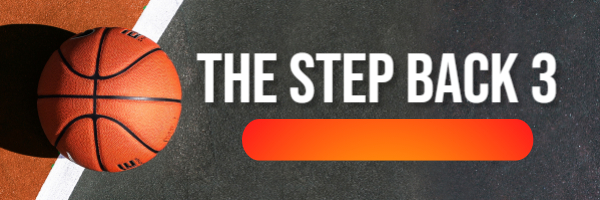
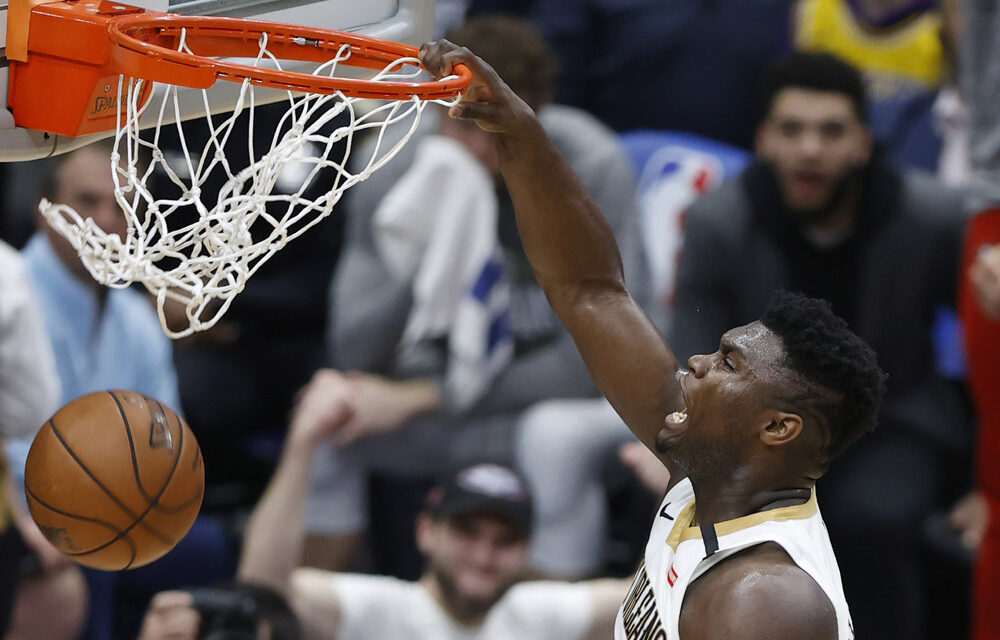
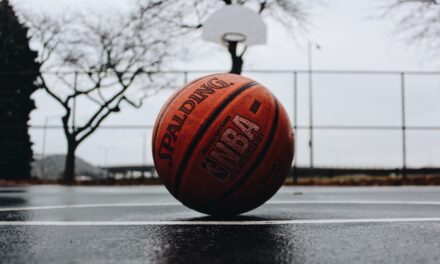
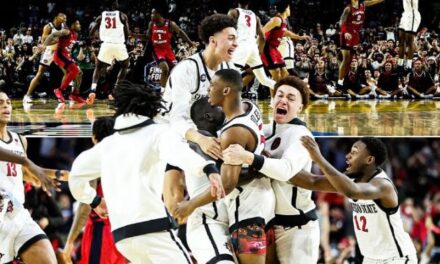
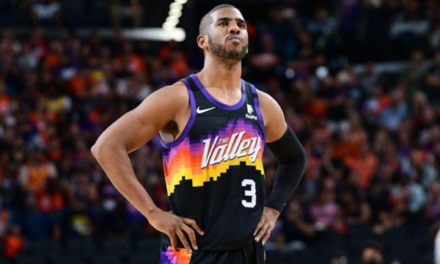
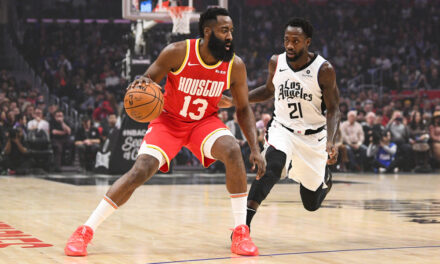
Recent Comments